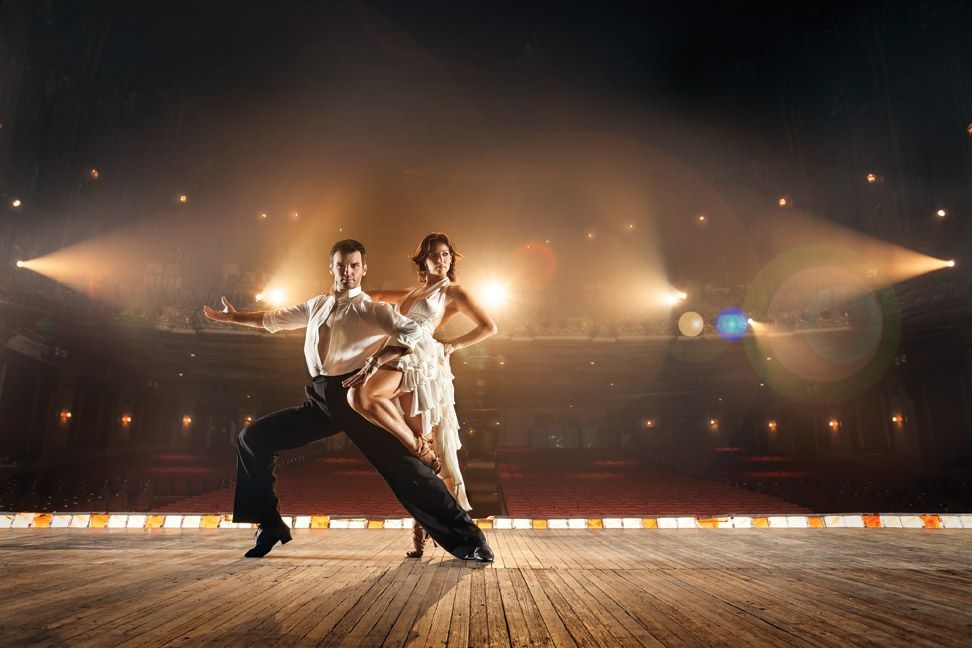Preforming Arts

Performing arts is one of the types of artistic and creative activity in which the works of the so-called "primary" creativity materialize in the form of a certain system of signs and are often intended to be translated into a particular material. Performing arts include creative activity: actors and directors who embody the works of writers and playwrights on stage, stage, circus, radio, cinema, television; readers who translate literary works into live speech; musicians, singers, instrumentalists, conductors who reproduce the works of composers; dancers performing the ideas of choreographers, composers, librettists.
There are no performing arts in the visual arts, in architecture, applied arts (if artists of a special type are not involved, and workers or machines are used to translate the idea into material), literary creativity, which, despite the creation of finished works that can be performed by readers, is still intended for direct perception by the reader.
Performing arts are inherently considered artistic and creative activity, since they are based not on a simple mechanical translation of the performed work into another form, but on its reincarnation, including such creative elements as getting used to the spiritual content of the work, its interpretation by the performer according to his own worldview and aesthetic position.
Often because of this, the works of poets, playwrights, screenwriters, composers, choreographers acquire various performing interpretations, each of which is a combination of self-expressions of the author and performer. Sometimes even the performance of the same role by an actor or a pianist of the same etude becomes unique, since the persistent content formed during rehearsals is passed through the varying and improvisational birth in the very action of the performance
Performing arts may include dance, music, opera, theatre and musical theatre, illusionism, pantomime, artistic recitation, puppet theatre, circus arts and performance.
There is also a specialized form of visual art in which artists present their work live in front of the public. This is also called performing arts. Much of the performing arts also involves some form of plastic art, such as in the creation of props. Dance also belongs to the plastic art in the era of modern dance.
The composer A. Serov defined music as "a special kind of poetic language, which has as its organ a special kind of certain sounds produced either by the human voice ... or special artificial tools, in essence more or less suitable to the sound of the human voice". That is, music is a kind of "language" that makes a person's inner experiences accessible to others.
Theatre is a branch of the performing arts concerned with acting out stories in front of an audience using a combination of speech, gestures, music, dance, sound, and spectacle. One or more of these elements are considered performing arts. In addition to the standard narrative dialogue style of plays, theatre takes forms such as plays, musicals, opera, ballet, illusion, mimes, Indian classical dance, kabuki, disguise, improvisation theatre, comedy, pantomime, and non-traditional or contemporary forms such as postmodern theatre, post-drama theatre or performance.
Dance is the art of gestures and movements, which has the ability to express diverse human experiences with extraordinary strength and brightness. Melodic and rhythmic sound becomes a melodic and rhythmic movement of the human body, revealing the characters of people, their feelings and thoughts about the world.
- Arts
- Business
- Computers
- Games
- Health
- Home
- Kids and Teens
- Money
- News
- Recreation
- Reference
- Regional
- Science
- Shopping
- Society
- Sports
- Бизнес
- Деньги
- Дом
- Досуг
- Здоровье
- Игры
- Искусство
- Источники информации
- Компьютеры
- Наука
- Новости и СМИ
- Общество
- Покупки
- Спорт
- Страны и регионы
- World


